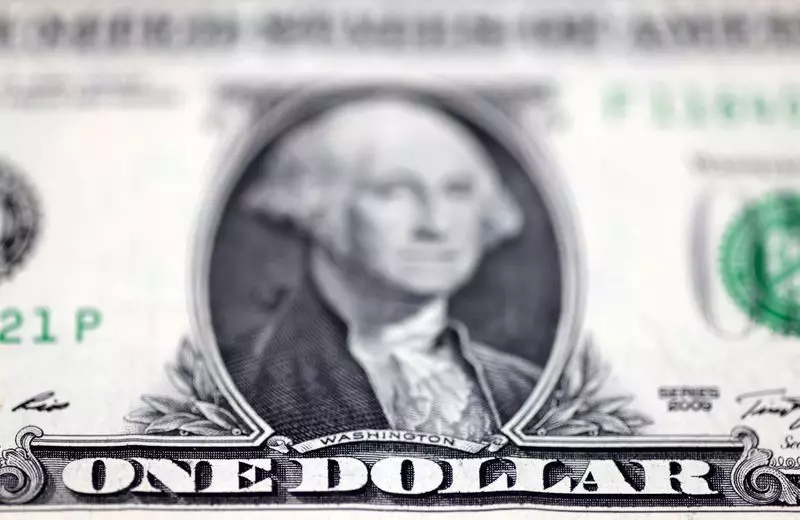The U.S. dollar has seen a slight increase in value in European trade, despite facing a significant weekly fall due to cooling inflation and weak retail sales. The Dollar Index, which tracks the greenback against a basket of six other currencies, is currently trading 0.2% higher at 104.580. This comes after a period of decline that saw the dollar reaching a five-week low just below 104 earlier in the week. The recovery of the dollar can be attributed to statements from several Fed officials, particularly members of the rate-setting committee, who expressed the need for more confidence in inflation trends before considering rate cuts.
The lackluster U.S. inflation data and soft retail sales figures have raised expectations that the Federal Reserve will implement two interest rate cuts this year, with the first one likely to come in September. This has led to a weekly loss of around 0.7% for the dollar, as investors anticipate a shift in monetary policy to boost the economy. The unexpected fall in manufacturing output and flat retail sales in April have further fueled speculation about the need for intervention by the central bank.
In Europe, the EUR/USD pair is trading 0.1% lower at 1.0860, after briefly reaching 1.0895 following the U.S. inflation release. Despite the decline, the euro has gained approximately 0.9% against the dollar this week. The upcoming final reading of the eurozone CPI is expected to show a 2.4% increase in inflation on an annual basis for April. The European Central Bank (ECB) is widely anticipated to reduce interest rates in June, but uncertainty remains regarding the extent of future rate cuts by the central bank.
GBP/USD has fallen by 0.1% to 1.2658, but is still on track to post gains of around 1% for the week. The Bank of England is also expected to lower rates from a 16-year high this summer, but market volatility is expected to be contained until the release of key U.K. inflation data next week. Meanwhile, in Asia, USD/JPY has experienced a 0.3% increase to 155.87, approaching the 156 mark. This comes after weaker-than-expected Japanese gross domestic product data for the first quarter, showcasing the impact of global economic trends on currency movements.
The U.S. dollar is facing pressure from domestic economic indicators and global market dynamics, resulting in a potential shift in monetary policy by the Federal Reserve. The impact of cooling inflation and weak retail sales is reverberating across major currency pairs, leading to speculation about future interest rate cuts by central banks around the world. Traders and investors will continue to monitor key economic data releases and central bank statements for insights into the future direction of currency markets.

